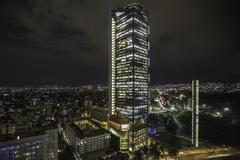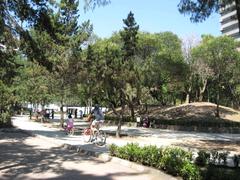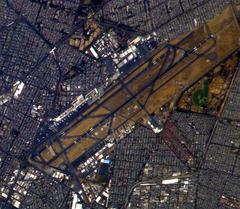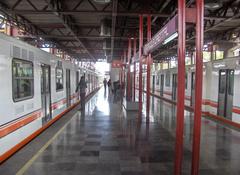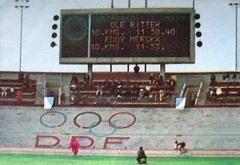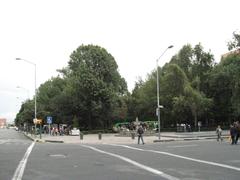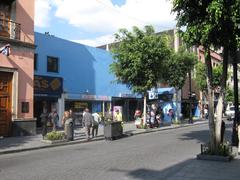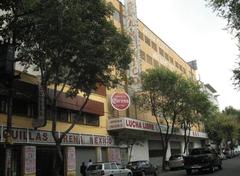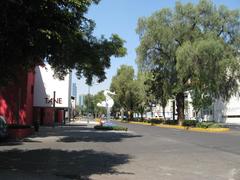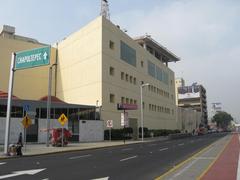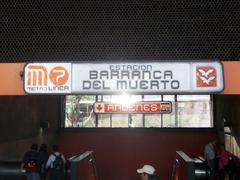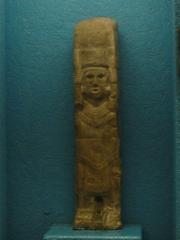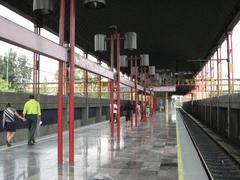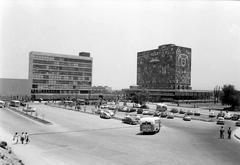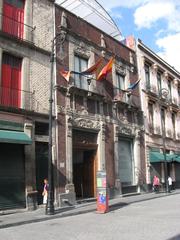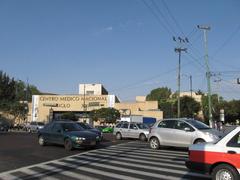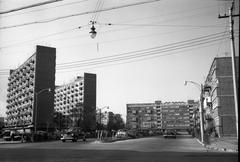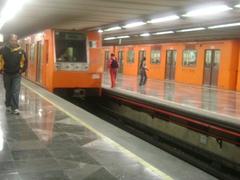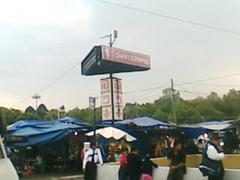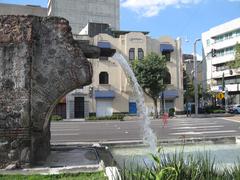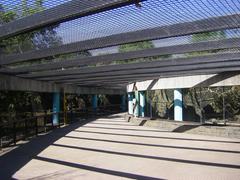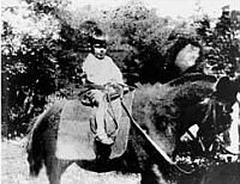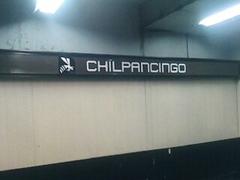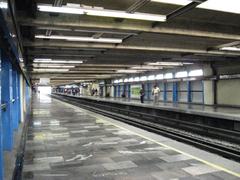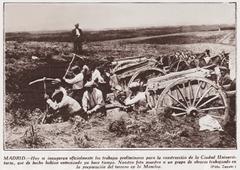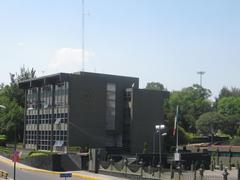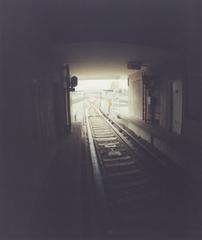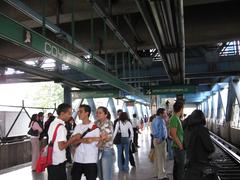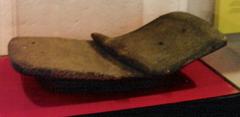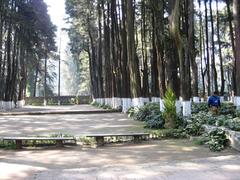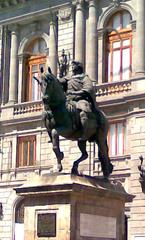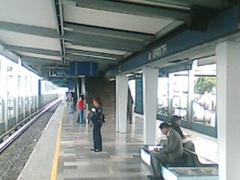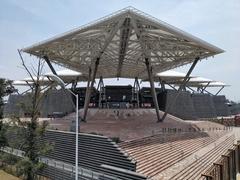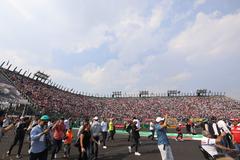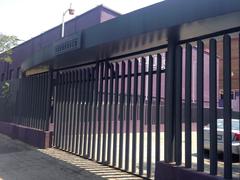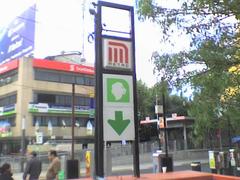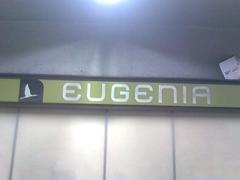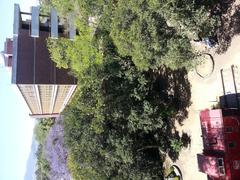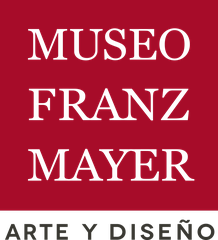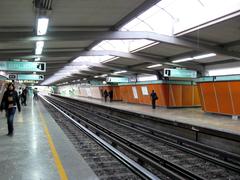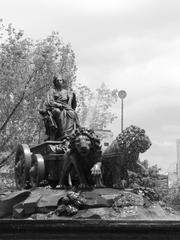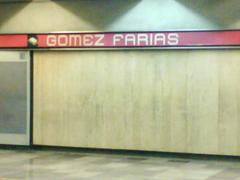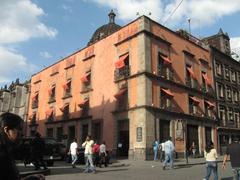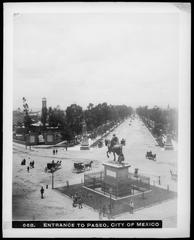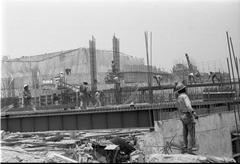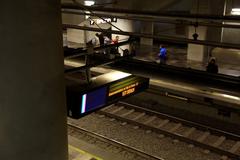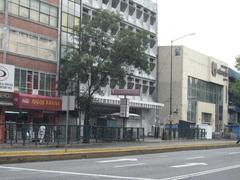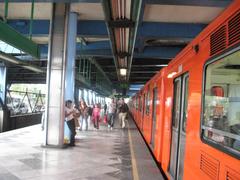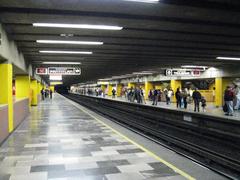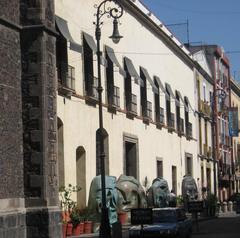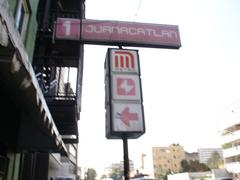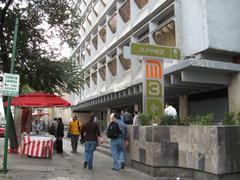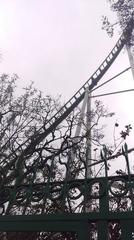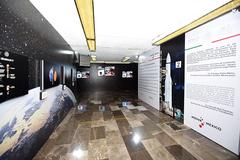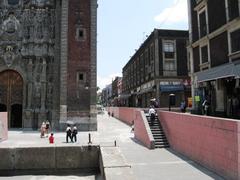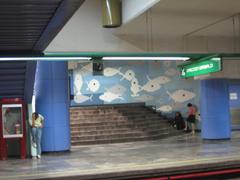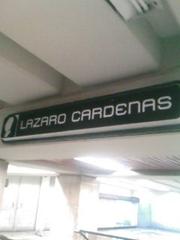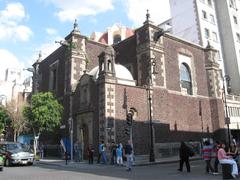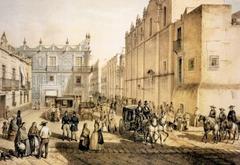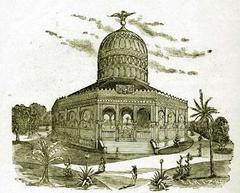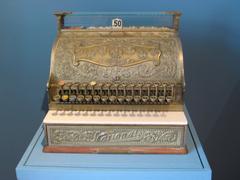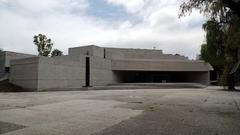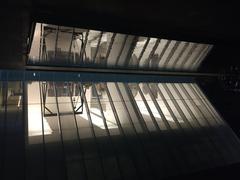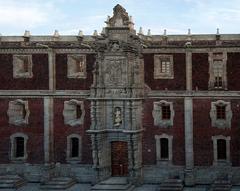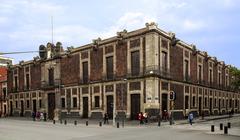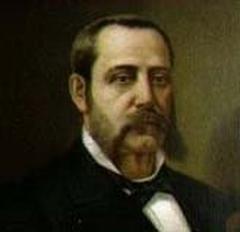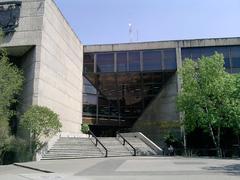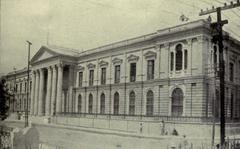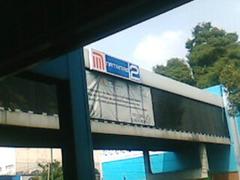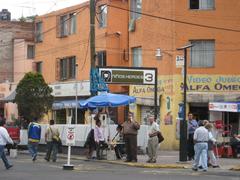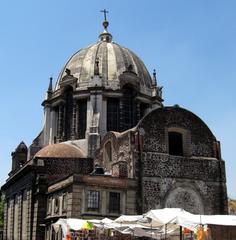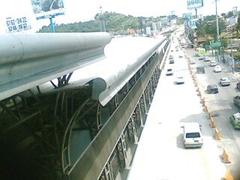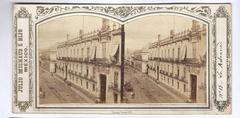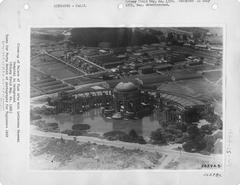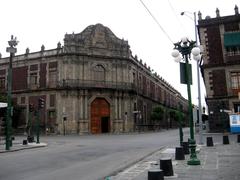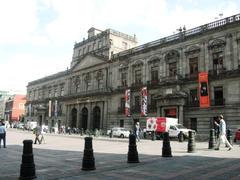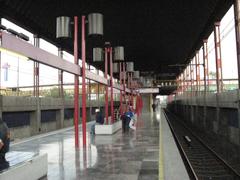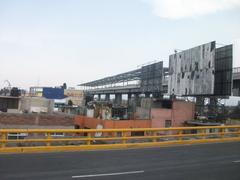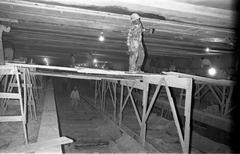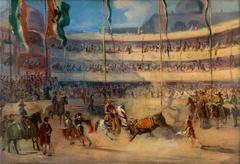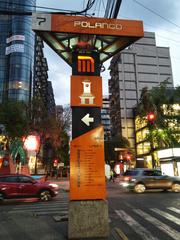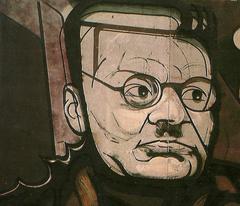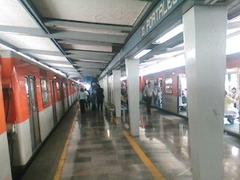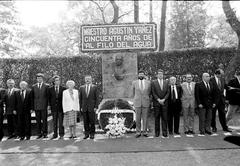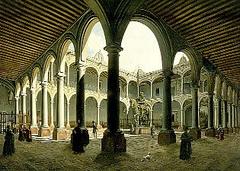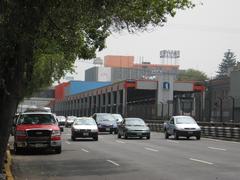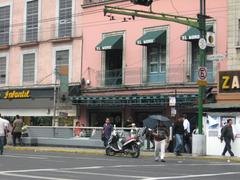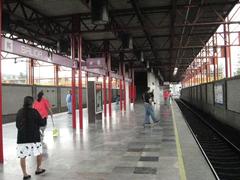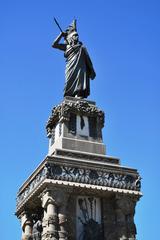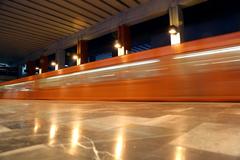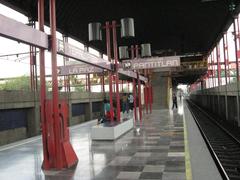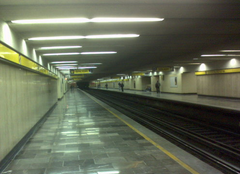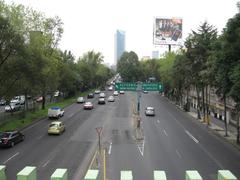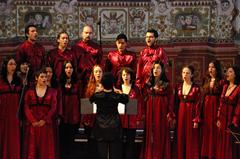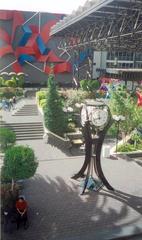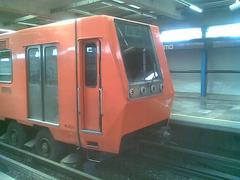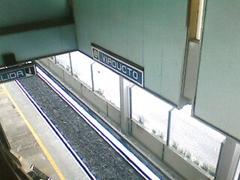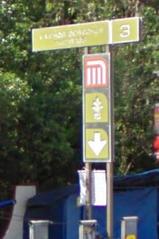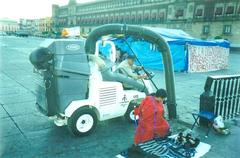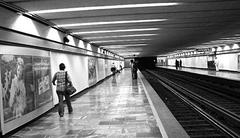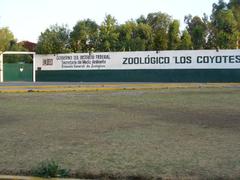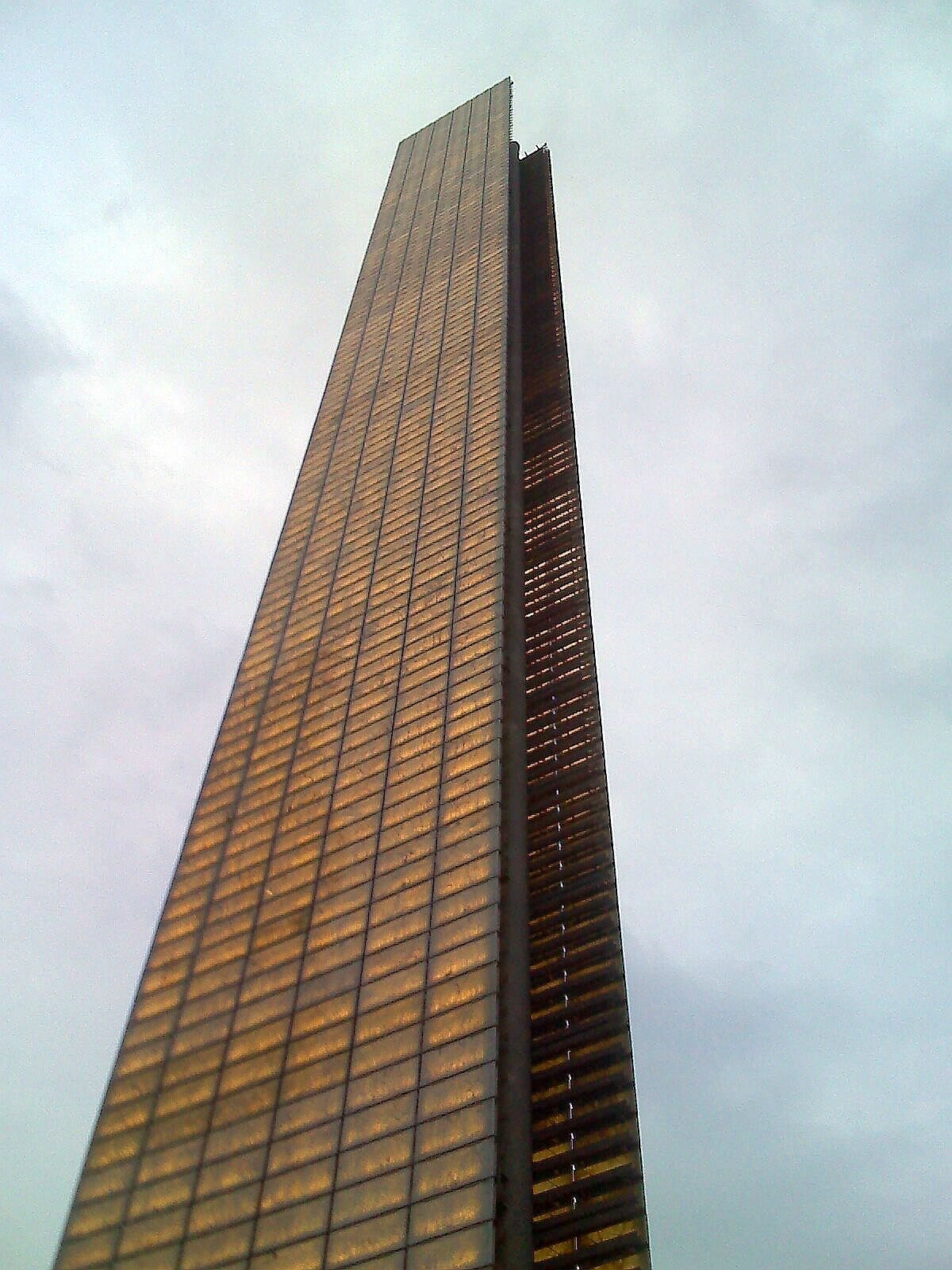
Estela de Luz: Visitor Information, History, and More
Date: 17/07/2024
Introduction
Table of Contents
- Introduction
- Historical Background and Controversies
- Architectural Design and Symbolism
- Visiting the Estela de Luz
- Visitor Experience and Public Perception
- Conclusion
- FAQ
Historical Background and Controversies
A Monument Marred in Controversy
The Estela de Luz, or “Monument to Light,” stands tall in Mexico City, but its history is a complex narrative interwoven with controversy and public debate. Commissioned to commemorate the bicentennial of Mexico’s independence from Spain and the centennial of the Mexican Revolution, the monument’s conception and construction were shadowed by accusations of corruption, mismanagement, and disregard for public opinion.
A Project Plagued by Delays and Budget Overruns
From the outset, the Estela de Luz project faced criticism for its exorbitant cost and questionable location. The monument’s initial budget was estimated at around 600 million pesos (approximately US$48 million). However, the final cost ballooned to over 1 billion pesos (around US$80 million), sparking outrage among citizens and fueling allegations of government overspending.
Adding to the controversy, the monument’s construction suffered from significant delays. Initially slated for completion in September 2010, coinciding with the bicentennial celebrations, the project dragged on for over a year, finally being inaugurated in January 2012. These delays, coupled with the escalating costs, further eroded public trust and intensified scrutiny of the project’s handling.
Location, Location, Location
The choice of location for the Estela de Luz also drew considerable criticism. Situated on a prominent stretch of Paseo de la Reforma, one of Mexico City’s most iconic avenues, the monument’s placement was seen by many as disruptive and insensitive. Critics argued that it obstructed the view of the Angel of Independence, another significant monument on the avenue, and marred the aesthetic harmony of the historic boulevard.
Furthermore, the monument’s location on a busy traffic island raised concerns about pedestrian safety and traffic flow. These concerns, coupled with the perceived disregard for the city’s urban landscape, further fueled public disapproval of the project.
A Symbol of Excess or a Beacon of Hope?
The Estela de Luz remains a polarizing symbol in Mexico City. While some appreciate its architectural design and the symbolism it represents, many view it as a monument to government excess and a stark reminder of the country’s struggles with corruption.
The monument’s supporters argue that it represents a modern Mexico, a nation striving for progress and innovation. They highlight its unique design, inspired by pre-Hispanic architecture and incorporating elements of light and transparency, as a testament to Mexico’s rich cultural heritage.
However, critics remain unconvinced, viewing the Estela de Luz as a symbol of misplaced priorities and a missed opportunity to invest in more pressing social and economic issues. The monument’s controversial history continues to overshadow its intended message of hope and progress, serving as a constant reminder of the challenges facing Mexico.
Architectural Design and Symbolism
The Towering Presence
The monument’s most striking feature is its sheer size. Standing at a towering 104 meters (341 feet) tall, the Estela de Luz dominates Paseo de la Reforma, a prominent avenue in Mexico City. This height is not arbitrary; it symbolizes the 100 years of the Mexican Revolution (1910-2010) with each meter representing a year.
A Composition of Quartz and Steel
The structure comprises two leaning towers constructed from steel and clad with 1,000 triangular panels of a translucent, white quartz-like stone called neolith. This material was chosen for its durability and translucency, allowing light to pass through and create a play of light and shadow.
The Symbolism of Light
Light plays a crucial role in the monument’s design and symbolism. During the day, sunlight filters through the neolith panels, illuminating the interior and casting intricate patterns on the surrounding plaza. At night, the tower is illuminated by a sophisticated LED lighting system, transforming it into a beacon of light visible from afar. This interplay of light and shadow symbolizes the hope and progress that emerged from the historical events it commemorates.
The Controversial Design
The Estela de Luz’s design has been the subject of much debate and criticism. Some argue that the monument is aesthetically unappealing and out of place amidst the historic architecture of Mexico City. Others criticize its exorbitant cost and the allegations of corruption surrounding its construction.
Visiting the Estela de Luz
Visitor Information
- Visiting Hours: The monument is open to the public from 10 AM to 6 PM, Monday through Sunday.
- Tickets: Admission to the Estela de Luz is free of charge. However, guided tours may be available for a fee. It’s recommended to check the official website for the latest information on tours and any special events.
Travel Tips and Nearby Attractions
- Getting There: The Estela de Luz is located on Paseo de la Reforma, a major thoroughfare in Mexico City. The nearest metro station is Chapultepec on Line 1 (the Pink Line).
- Nearby Attractions: While visiting the Estela de Luz, consider exploring other historical sites along Paseo de la Reforma, such as the Angel of Independence, Chapultepec Castle, and the National Museum of Anthropology.
- Best Time to Visit: Early mornings or late afternoons are ideal times to visit, as you’ll avoid the midday heat and heavy traffic.
Accessibility
The monument and surrounding plaza are wheelchair accessible, with ramps and designated pathways for easy navigation.
Special Events and Guided Tours
Special events are occasionally held at the Estela de Luz, especially on national holidays. Guided tours provide detailed insights into the monument’s history and design. Check the official website for the latest information.
Photographic Spots
The Estela de Luz offers numerous photographic opportunities, especially at sunset and night when the LED lights illuminate the structure. The surrounding plaza also provides a scenic backdrop for photos.
Visitor Experience and Public Perception
Positive Aspects
- Striking Visual: The monument’s sheer size and unique design make it a visually arresting landmark, especially when illuminated at night. The quartz panels reflect sunlight during the day and offer a dynamic light show after dark, captivating onlookers.
- Cultural Significance: The Estela de Luz stands as a testament to Mexico’s history, commemorating the bicentennial of the country’s independence and the centennial of the Mexican Revolution.
- Photographic Opportunity: The monument provides a stunning backdrop for photographs, attracting both amateur and professional photographers. Its reflection pool adds another dimension, creating captivating mirror images.
- Green Spaces: The surrounding park offers a welcome respite from the bustling city, providing green spaces for relaxation and recreation. Visitors can enjoy leisurely walks, picnics, or simply soak in the atmosphere.
Points of Contention
- Cost and Controversy: The Estela de Luz was significantly more expensive to build than initially projected, drawing criticism from some sectors of society.
- Accessibility: While the monument itself is impressive, some visitors have pointed out that the surrounding area lacks adequate accessibility features for people with disabilities.
- Limited Functionality: Beyond its symbolic value and aesthetic appeal, the Estela de Luz offers limited functionality. Unlike other monuments that house museums or observation decks, its purpose is primarily commemorative.
FAQ
Q: What are the visiting hours for the Estela de Luz? A: The monument is open to the public from 10 AM to 6 PM, Monday through Sunday.
Q: Is there an admission fee for the Estela de Luz? A: Admission to the Estela de Luz is free of charge. Guided tours may be available for a fee.
Q: How do I get to the Estela de Luz? A: The nearest metro station is Chapultepec on Line 1 (the Pink Line). The monument is located on Paseo de la Reforma.
Q: What are some nearby attractions? A: Nearby attractions include the Angel of Independence, Chapultepec Castle, and the National Museum of Anthropology.
Q: Is the Estela de Luz accessible for people with disabilities? A: While the monument is accessible, the surrounding area may lack adequate accessibility features. Plan accordingly.

